Rothschild Helped Lay Path for Today’s Activist Rabbis
At a time when many Southern Jews felt compelled to balance their racial and religious identities, the Pittsburgh native felt no such reticence.
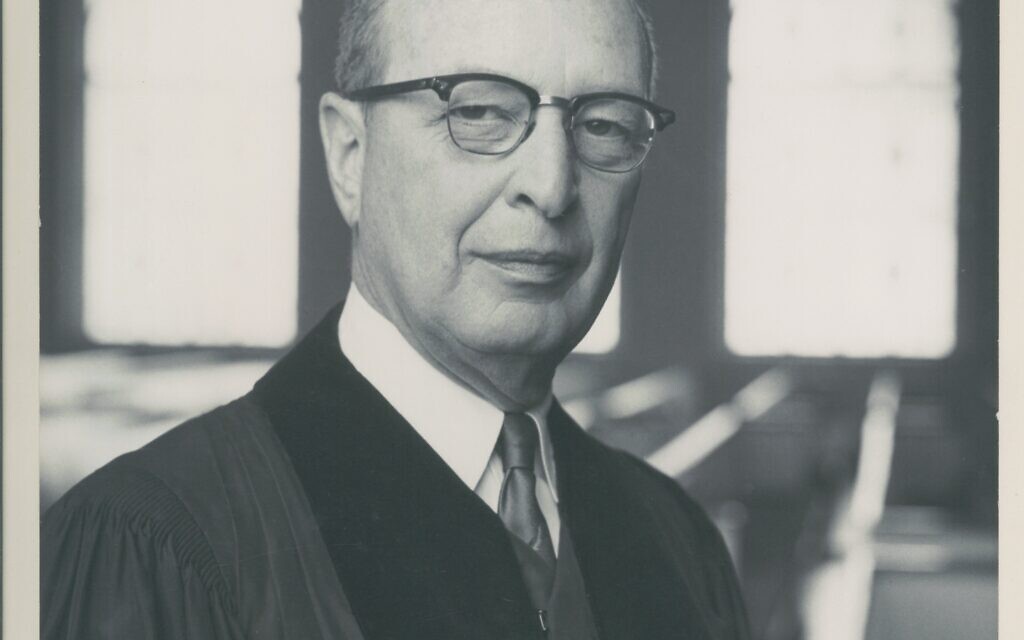 Photo courtesy of the William Breman Jewish Heritage Museum//Rabbi Jacob Rothschild, whose outspoken support of the civil rights movement is seen as the reason why The Temple was bombed in October 1958.
Photo courtesy of the William Breman Jewish Heritage Museum//Rabbi Jacob Rothschild, whose outspoken support of the civil rights movement is seen as the reason why The Temple was bombed in October 1958.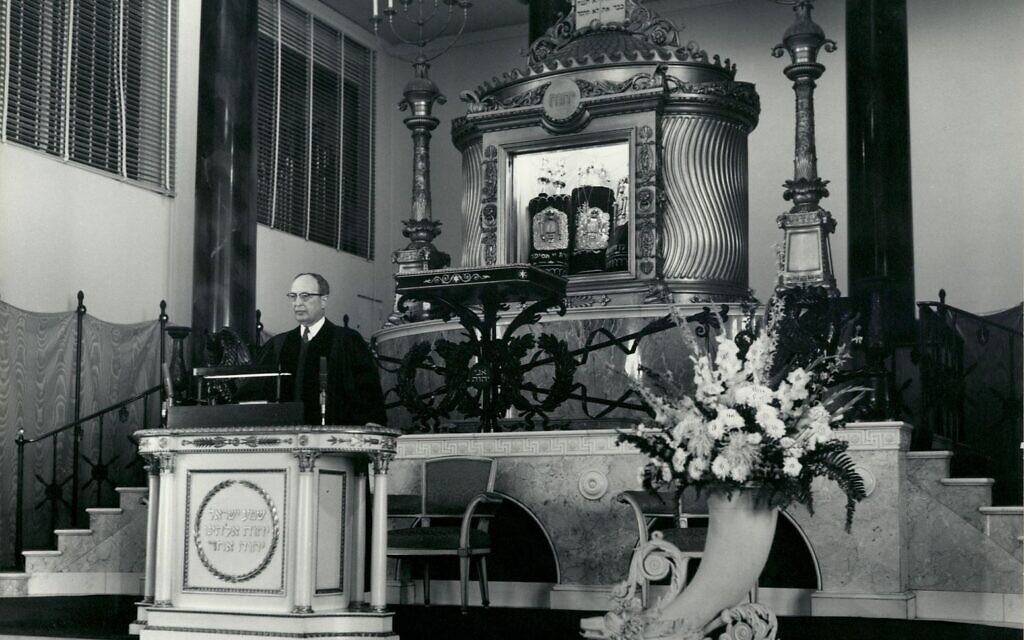 Rabbi Jack Rothschild is remembered on the bimah at The Temple
Rabbi Jack Rothschild is remembered on the bimah at The Temple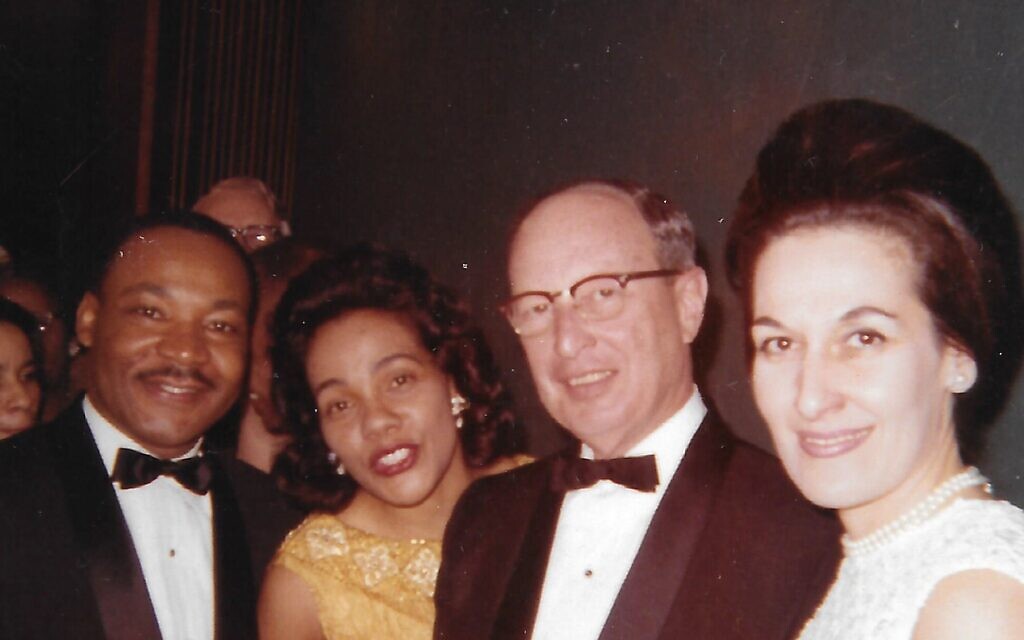 Photo courtesy of Bill Rothschild and the William Breman Jewish Heritage Museum// Martin Luther King Jr. and Coretta Scott King with Rabbi Jacob Rothschild and Janice Rothschild at the January 1965 dinner in Atlanta honoring King’s receiving the 1964 Nobel Peace Prize.
Photo courtesy of Bill Rothschild and the William Breman Jewish Heritage Museum// Martin Luther King Jr. and Coretta Scott King with Rabbi Jacob Rothschild and Janice Rothschild at the January 1965 dinner in Atlanta honoring King’s receiving the 1964 Nobel Peace Prize.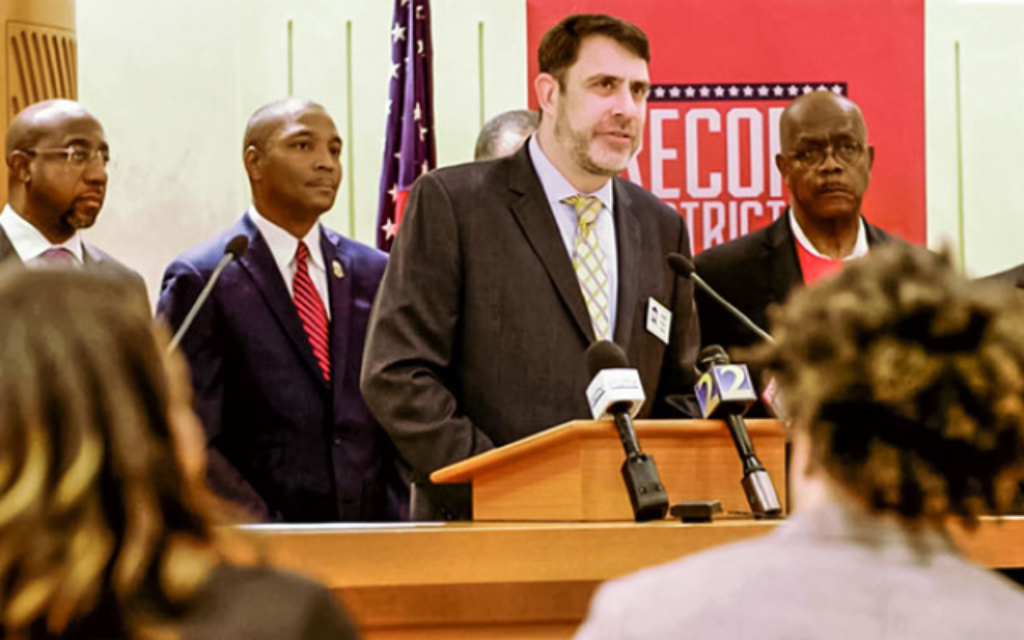 Photo courtesy of the William Breman Jewish Heritage Museum //Rabbi Jacob Rothschild “None of us could be the rabbis we are today were it not for our predecessors. They paved the path,” said Rabbi Peter Berg, who has been outspoken in his support of criminal justice reform and gun control.
Photo courtesy of the William Breman Jewish Heritage Museum //Rabbi Jacob Rothschild “None of us could be the rabbis we are today were it not for our predecessors. They paved the path,” said Rabbi Peter Berg, who has been outspoken in his support of criminal justice reform and gun control.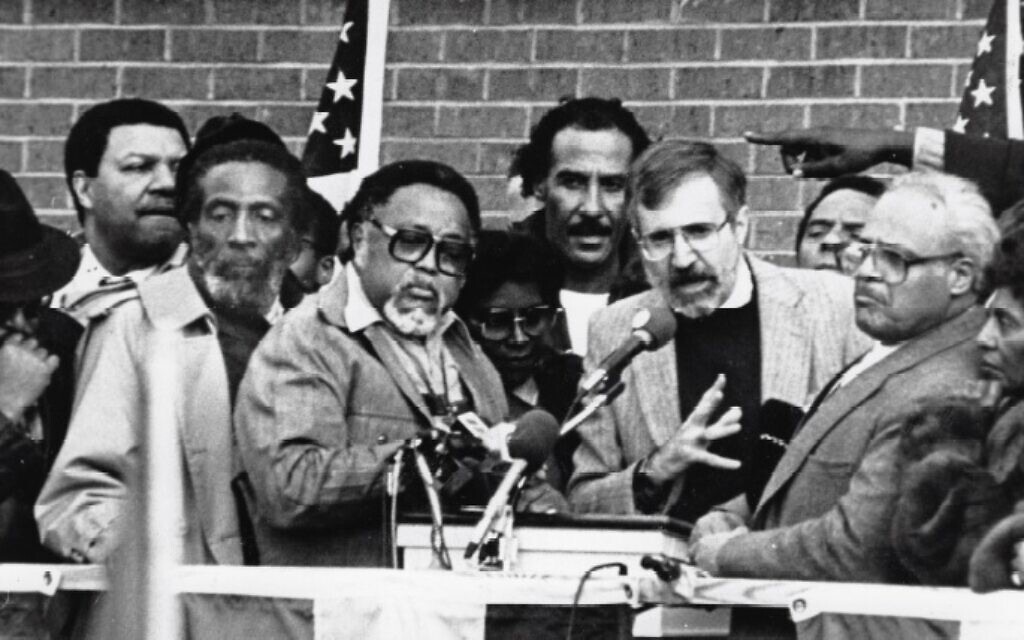 Rabbi Alvin Sugarman at the January 1987 march in Forsyth County, flanked by civil rights activists including Dick Gregory, Hosea Williams, Benjamin Hooks, Andrew Young, and others. (Photo provided by The Temple)
Rabbi Alvin Sugarman at the January 1987 march in Forsyth County, flanked by civil rights activists including Dick Gregory, Hosea Williams, Benjamin Hooks, Andrew Young, and others. (Photo provided by The Temple)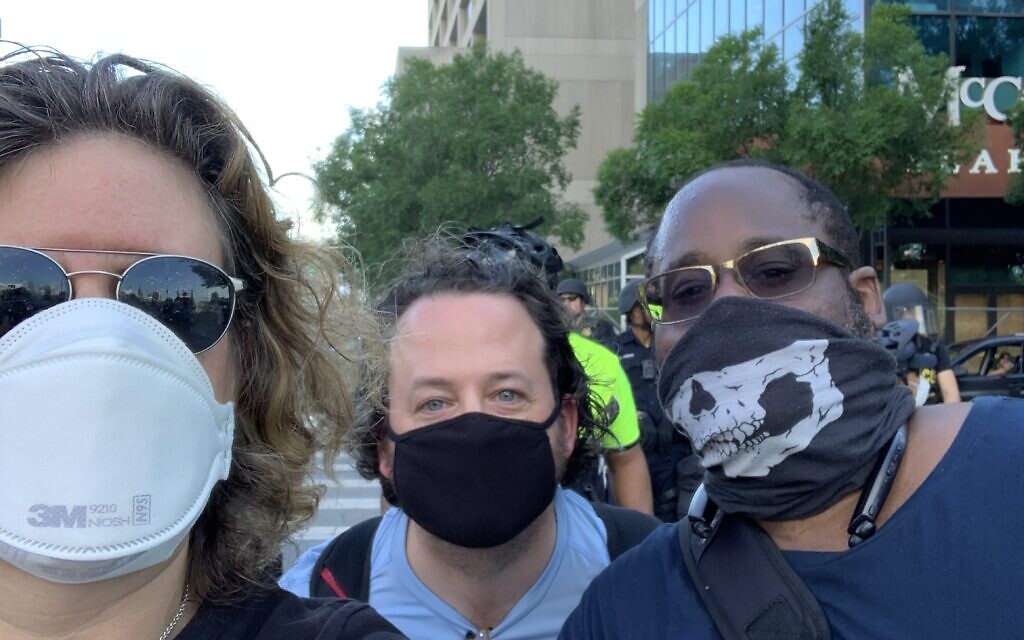 Rabbi Brad Levenberg, flanked by Beth Schafer and Andre Parker, wrote in the AJT about his participation in recent demonstrations.
Rabbi Brad Levenberg, flanked by Beth Schafer and Andre Parker, wrote in the AJT about his participation in recent demonstrations.![“These rabbis, the ones who have the guts to speak out now, they’re standing on his [Rothschild’s] shoulders,” said Rabbi Alvin Sugarman, rabbi emeritus at The Temple. “These rabbis, the ones who have the guts to speak out now, they’re standing on his [Rothschild’s] shoulders,” said Rabbi Alvin Sugarman, rabbi emeritus at The Temple.](https://static.timesofisrael.com/atlantajewishtimes/uploads/2020/06/NEWS-Rothschild-remembered-sugarman-6-30-20-1024x640.jpg) “These rabbis, the ones who have the guts to speak out now, they’re standing on his [Rothschild’s] shoulders,” said Rabbi Alvin Sugarman, rabbi emeritus at The Temple.
“These rabbis, the ones who have the guts to speak out now, they’re standing on his [Rothschild’s] shoulders,” said Rabbi Alvin Sugarman, rabbi emeritus at The Temple.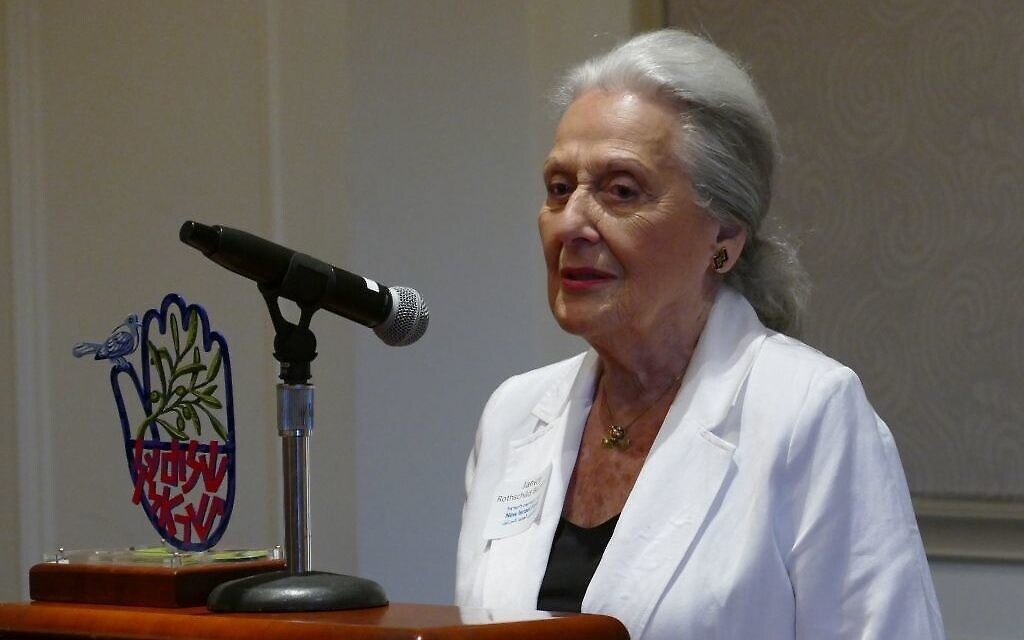 Janice Rothschild Blumberg speaking at The Temple in May 2017.
Janice Rothschild Blumberg speaking at The Temple in May 2017.
“We see more and farther than our predecessors, not because we have keener vision or greater height, but because we are lifted up and borne aloft on their gigantic stature” – Bernard of Chartres, a 12th century C.E. French philosopher and scholar.
Atlanta rabbis marching in the streets, speaking at rallies, and using the bimah as a bully pulpit is commonplace today.
Indeed, a recent issue of the Atlanta Jewish Times carried photographs of three rabbis marching in support of the African American community’s struggle for equality under the law and an op-ed written by a fourth.
Get The AJT Newsletter by email and never miss our top stories Free Sign Up
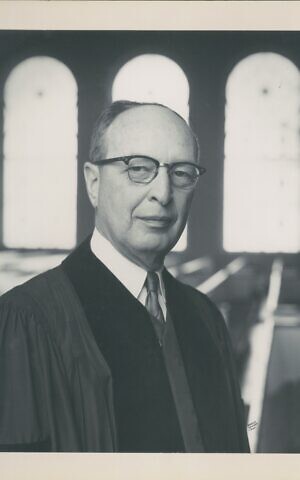
Rabbis who frequent the public square consider such efforts an integral part of their work as spiritual leaders. In that regard, they acknowledge the role played by Rabbi Jacob Rothschild of The Temple and how his forceful sermons on civil rights helped lay the foundation for the path they walk today.
“Rabbi Rothschild taught generations of rabbis how to be prophetic,” said Rabbi Peter Berg, senior rabbi of The Temple since 2008. “We learned from him how to speak truth to power, that the status quo is unacceptable. And that a rabbi must teach the values of Torah, even when it is not comfortable or convenient,” said Berg, who has been active on issues of criminal justice reform and gun control.
“When Rabbi Rothschild spoke out on issues of integration and racial justice he often faced dissent from within the community and the congregation. To me, his strength, in upholding the tenets of Torah during a time of such division is not only remarkable it is also prophetic,” Berg continued.
“We all know the expression ‘standing on the shoulders of giants.’ This is a sentiment that animates our Atlanta rabbinic community each day. None of us could be the rabbis we are today were it not for our predecessors. They paved the path.
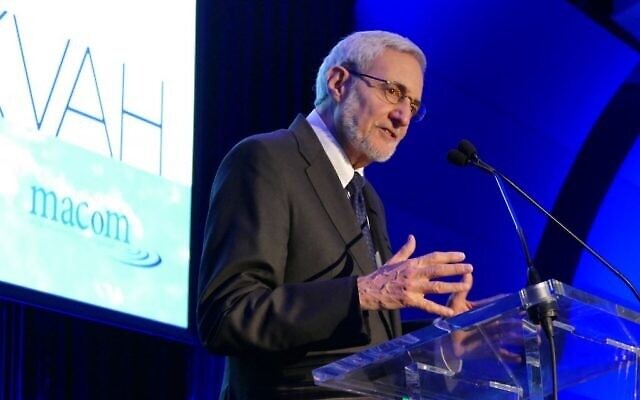
Sugarman, who became senior rabbi when Rothschild died in 1973 and is now rabbi emeritus, said, “If I ever stood one anybody’s shoulders it was Jack Rothschild’s. These rabbis, the ones who have the guts to speak out now, they’re standing on his shoulders.”
Rothschild’s predecessor Rabbi David Marx, who held the pulpit from 1895-1946, had built bridges to other faith communities that contributed to the founding in 1919 of the Commission on Interracial Cooperation, which opposed lynching and sought to improve race relations.
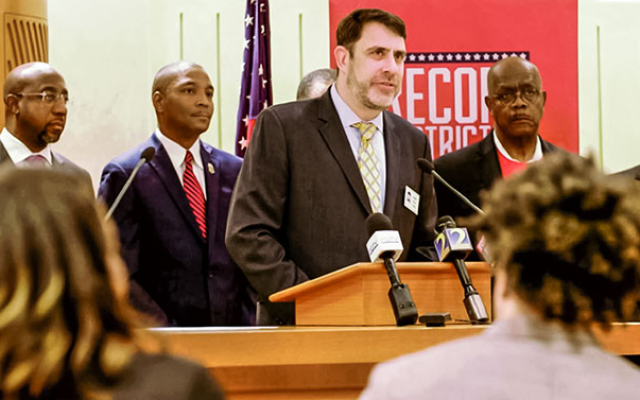
“Jack Rothschild stood on that bridge and proclaimed with a prophetic voice the end of segregation in the South,” Sugarman said. “At my installation, I said, ‘I’m standing on the bridge next to Rabbi Rothschild, but I’m crossing that bridge, and I want you, the congregation, to take my hand and walk with me.’”
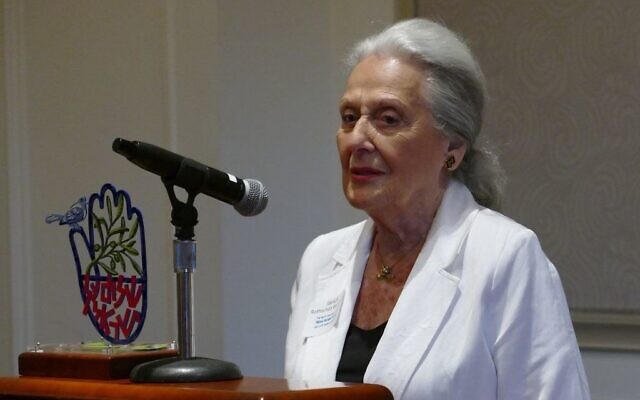
Janice Rothschild Blumberg replied, “absolutely,” when asked whether today’s rabbis stand on the figurative shoulders of her late husband. “But don’t forget to credit Alvin with keeping it going and building on it when it was still precedent-breaking to some extent. I thought he did a fabulous job of following in Jack’s path but with his own footsteps.”
That indebtedness to Rothschild extends beyond The Temple, Atlanta’s oldest Jewish congregation, founded in 1867 as the Hebrew Benevolent Congregation.
Rabbi Brad Levenberg, of Temple Sinai, a Reform congregation founded 101 years later, said that Rothschild’s legacy “has inspired me for the 14 years that I have been a rabbi in Atlanta.
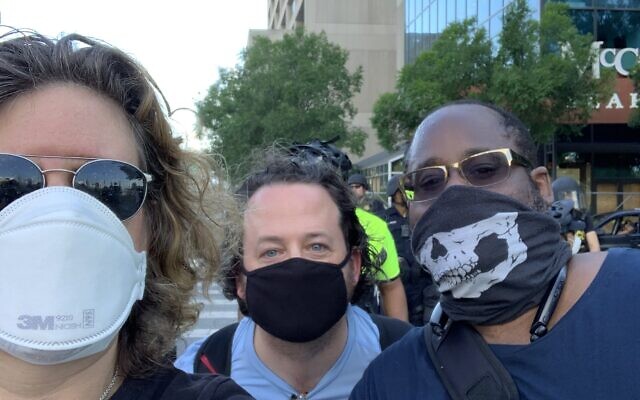
“Admittedly, when I came to Atlanta, my own understanding of civil rights and racial inequity was rather pedestrian,” Levenberg said. “But Rabbi Rothschild’s work paved the very roads on which I traverse today, and his legacy is one that I and so many of my colleagues strive to uphold. He embraced the work in a way that enabled each of us to contribute to his legacy. And, to take it one step further, his legacy continues to propel me and so many colleagues to strive to do more, to take one more step and to not tire of the work of fighting for racial equity and social justice.” Levenberg wrote in the AJT about his participation in demonstrations that followed the May 25 death of an African American man under the knee of a Minneapolis police officer.
Rabbi Joshua Lesser of Congregation Bet Haverim, a Reconstructionist congregation, may be the Atlanta rabbi most visible in the public square on a myriad of issues that include immigration, race relations, LGBTQ rights and criminal justice reform. “What I love about Rabbi Rothschild is that I believe he represents someone who embraced a moderate path. But at some point, he was moved to act with moral courage and take greater risks,” Lesser said.
In his time, Rothschild moved the pendulum within The Temple, where Marx had eschewed the use of Hebrew, preferred to be addressed as “doctor” rather than “rabbi,” wore a suit rather than rabbinic robes, did not enforce kosher dietary laws, and opposed creation of the modern state of Israel. Rothschild wore tallit and rabbinic robes, reintroduced Hebrew in services and Sunday school, encouraged adherence to dietary laws, and actively supported the Zionist enterprise in Israel.
Beyond the synagogue on Peachtree Street, Rothschild became known for his vocal support of the civil rights movement. He and his wife Janice maintained a personal friendship with the Rev. Martin Luther King Jr. and his wife, Coretta Scott King.
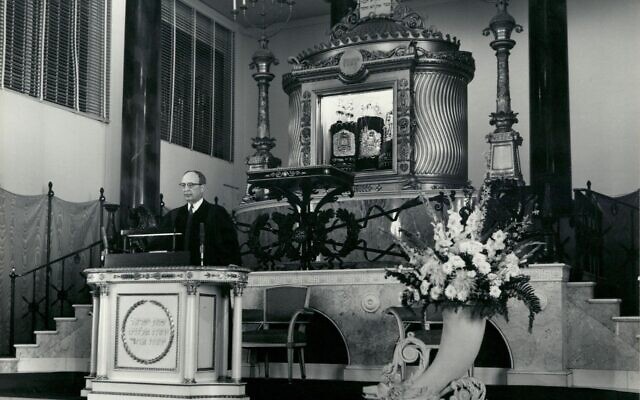
Sugarman, a native Atlantan who grew up at The Temple, said that when Rothschild arrived, racial divisions in Atlanta were stark and pronounced. “In that context, he came out and started giving these civil rights and integration sermons. He worked behind the scenes with Christian clergy on the Ministers’ Manifesto that came out before integration was a reality,” Sugarman said. Though he did not sign the document because of its Christian language, Rothschild helped craft the 1957 statement by 80 members of the Atlanta Christian Council, calling for inter-racial negotiation, obedience to the law, and a peaceful resolution of disputes.
Not everyone in the Jewish community was cheered by the words of the Pittsburgh native. As depicted by the playwright Alfred Uhry in “Last Night at Ballyhoo,” many Southern Jews had worked hard to assimilate into the white, gentile community, while downplaying outward displays of their Jewish identity.
Rothschild saw the discrimination against blacks “and starts to rock the boat,” said Jeremy Katz, archivist of The Breman Museum, during a June 12 program on Rothschild’s life. “He made people nervous,” especially those who remembered the August 1915 lynching in a Marietta woods of Leo Frank, a Jewish businessman and member of The Temple.
Rothschild’s outspokenness is considered the reason that white supremacists targeted The Temple with a bomb made of 50 sticks of dynamite that exploded in the early hours of Oct. 12, 1958, causing widespread damage but no injuries, just hours before children would have been present for Sunday school.
In his sermon the following Friday titled “And None Shall Be Afraid,” Rothschild said that the bomb intended “to strike terror in the hearts of men,” had instead instilled “a new courage and a new hope” within the Jewish community and other segments of Atlanta. The support from outside the Jewish community led Rothschild Blumberg to call the explosion “the bomb that healed,” lancing psychic wounds left by the anti-Semitism surrounding the lynching of Frank.
When King was awarded the Nobel Peace Prize in 1964, Rothschild was part of the committee that planned what became Atlanta’s first publicly integrated dinner. But for all of his vocal support, Rothschild did not, could not march with King.
“And here’s why,” Rothschild Blumberg said. “Assuming that Jack had by that time gained enough followers to keep his job, how do you suppose he could have continued his influence — invitations to speak, write op-eds, etc. — outside the congregation once his presence on a march was publicized? It broke his heart that he couldn’t go to Selma,” she said.
“He made airport runs, picking up friends from the north, going home from the march, gleaning every bit he could from their reports and being all the more depressed when they left.
“It was a very exciting time and I can understand how sincere outrage triggered by the excitement to participate brought so many, especially on the freedom rides, but I learned then that each of us can do something and should stick to what we can do that’s really helpful, hopefully keeping that separate from the exciting experience factor. I’ve had that thought constantly this week,” she said in early June as protests engulfed Atlanta and the nation.
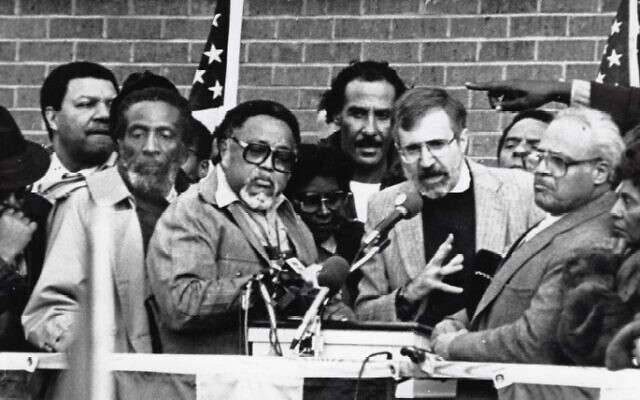
Sugarman could do what Rothschild could not. “I did my shoe leather,” an example of which was taking part in the January 1987 civil rights march in Forsyth County, he said. When The Temple opened its doors to demonstrators who needed a place to sleep, Sugarman told the Atlanta Jewish Times in 1987, “We share a history of oppression with blacks. It’s in different forms and to different degrees, but we know what it means to be in an underclass, to be oppressed solely by virtue of birth –- we as Jews, they as blacks.”
Sugarman lamented, “If you knew how it breaks my heart” not being able to march in today’s demonstrations. But between his age (82) and health issues, he cannot. Otherwise, “Would I be marching? You’re damned straight.”
- Atlanta
- Rabbi Jacob Rothschild
- The Temple
- Rabbi Peter Berg
- Atlanta Rabbinical Association
- Rabbi Alvin Sugarman
- Rabbi David Marx
- Commission on Interracial Cooperation
- Janice Rothschild Blumberg
- Hebrew Benevolent Congregation
- Rabbi Brad Levenberg
- Temple Sinai
- African American
- Martin Luther King Jr.
- Peachtree Street
- Coretta Scott King
- Rabbi Joshua Lesser
- Congregation Bet Haverim
- LGBTQ
- Atlanta Christian Council
- Pittsburgh
- Jeremy Katz
- The Breman Museum
- Leo Frank
- white supremacists
- Anti-Semitism



comments